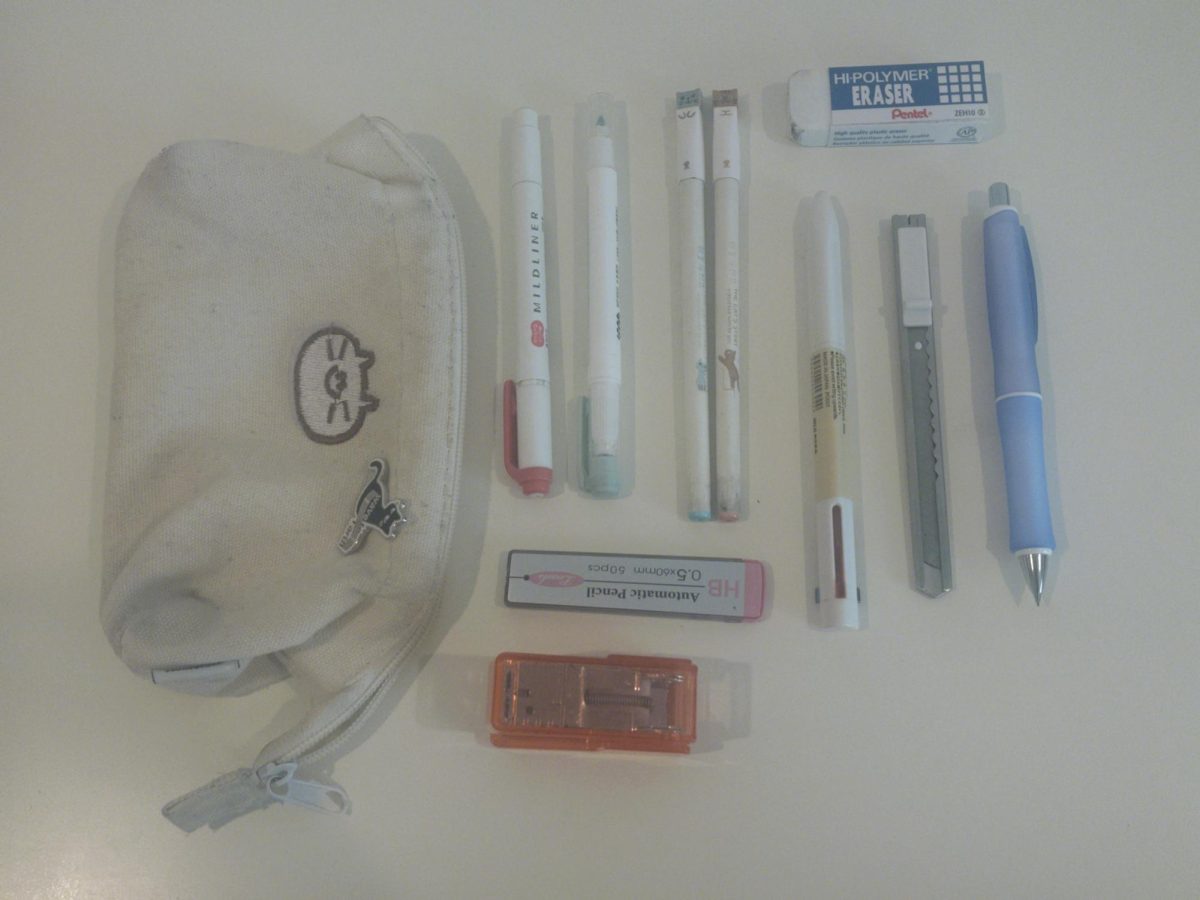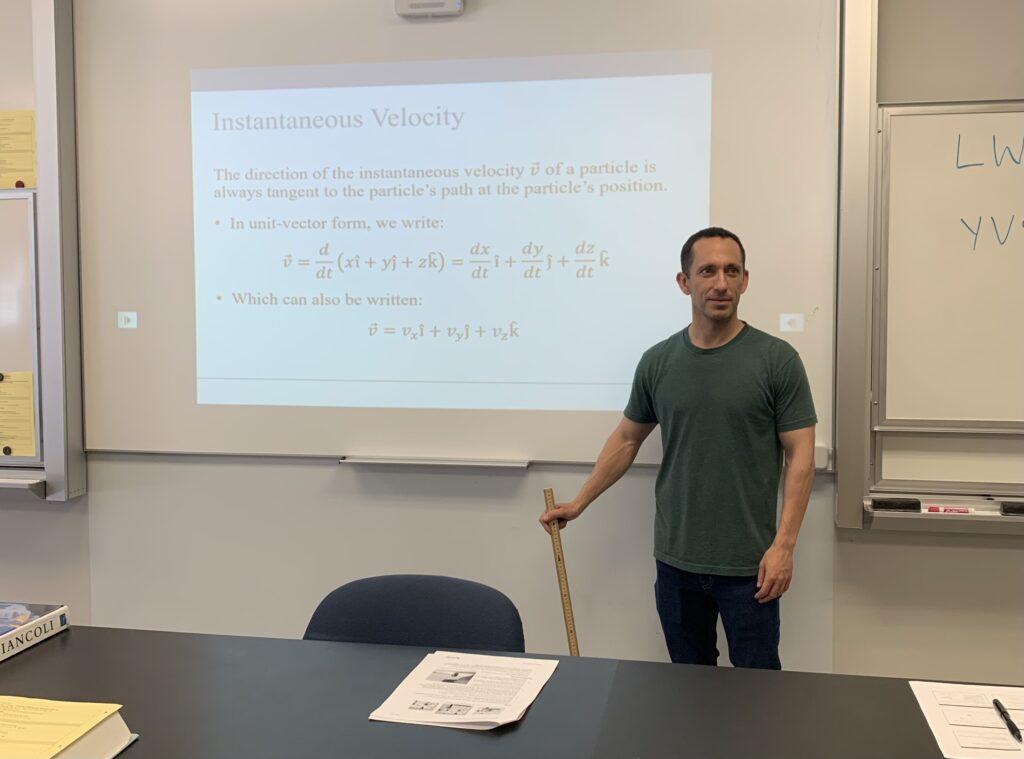A record three classes of 70 students are taking AP Physics C taught by Matt Welander this year. The class has grown from one section of 32 students last year.
AP Physics C is an advanced class open only to students who previously took AP Physics 1 and 2. It’s based on calculus and builds on AP Physics 1 and 2 knowledge, covering more advanced concepts such as electrostatics.
Many who signed up believe that the class will be relevant to their future major and career. Senior Pothon Tang is one of those students.
Tang first discovered his interest in physics last year while he was learning dynamics in the AP Physics 1 & 2 course, as he found it fascinating to study how forces influence the motion of objects. To continue his journey in Physics, Tang himself hopes to major in applied physics in college.
Now as a student in AP Physics C, Tang said he has been challenged by the course because tests have greater time restrictions. Overall, however, he said he enjoys the class due to his interest in its content.
“For me, it’s very interesting to discover stuff in nature by applying mathematical equations,” Tang said. “This class is a challenge for me, but I’m also able to take this challenge to deepen my understanding of physics.”
Since most students who take AP Physics 1 and 2 are juniors, most who take AP Physics C are seniors.
According to Welander, most students in past years tended to take AP Biology or AP Chemistry in their junior years, and AP Physics 1 and 2 in their senior year. However, he found that this is beginning to change as more and more juniors enroll in both AP Physics 1 and 2 and another science course of their choosing, something many refer to as “double sciencing.”
“What can be toxic is when students feel pressured into taking classes that they’re not interested in,” Welander said. “Hopefully some of them are doing it because they liked science and it’s where their strengths lie.”
The trend of “double sciencing” led to higher enrollment in AP Physics C as more students finish the prerequisite courses earlier on, he said.
In previous years, Welander used to have only one AP Physics C class and three AP Physics 1 and 2 classes. This year, however, the ratio has been reversed: He only has one AP Physics 1 class with mostly juniors and an unprecedented three AP Physics C classes, which consists mostly of his previous students who had him in their junior years. Another physics teacher Thomas Casavant is teaching three AP Physics 1 and 2 classes this year.
Another interesting trend is that more females are taking Physics C, though they remain a minority in the class. Although there was only one female student in the class in 2021, female enrollment increased to 22.8% of all students enrolling in Physics C classes this year, he said. Currently, there are six girls in his 2nd period class, five in his 4th period and five in the 6th period — totalling to 16 out of 70 students.
Welander hopes that students take AP Physics C because they find interest in Physics instead of just trying to improve a college application.
“It’s true that AP Physics C is a prep-class for STEM majors in college,” Welander said. “ However, I will suggest that you take more time to consider if you are planning to take this class only for college.”


























